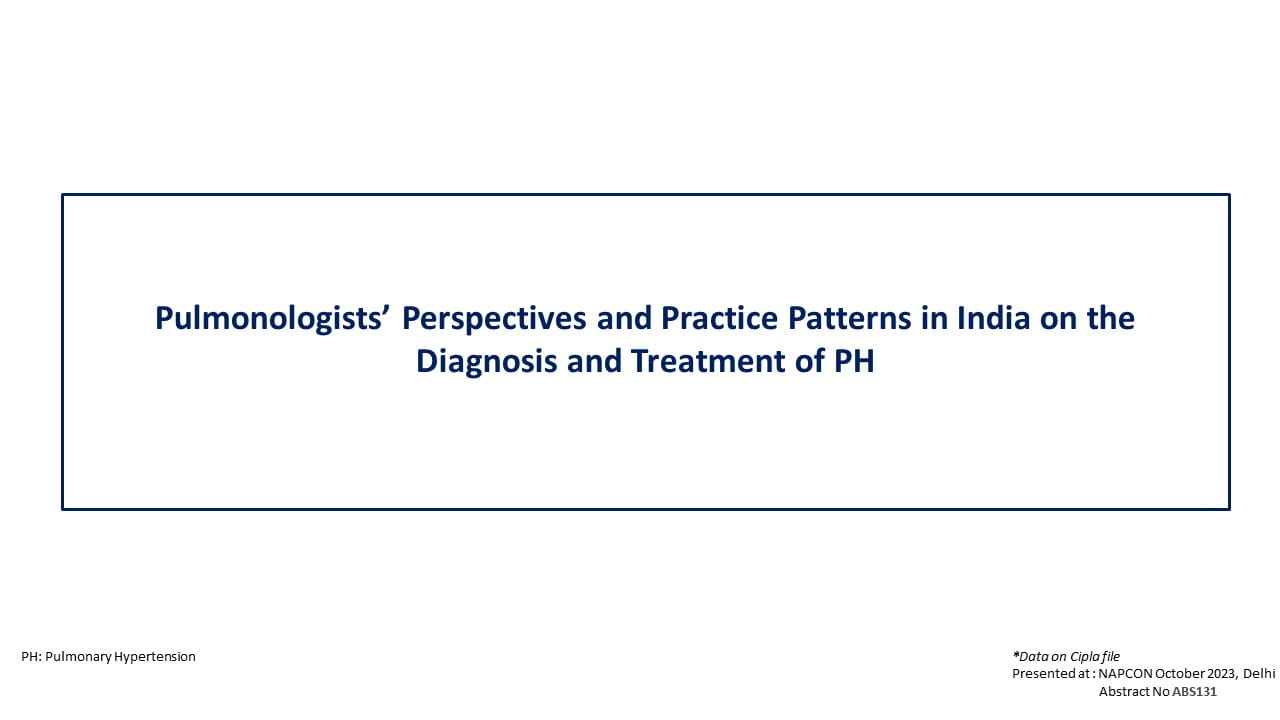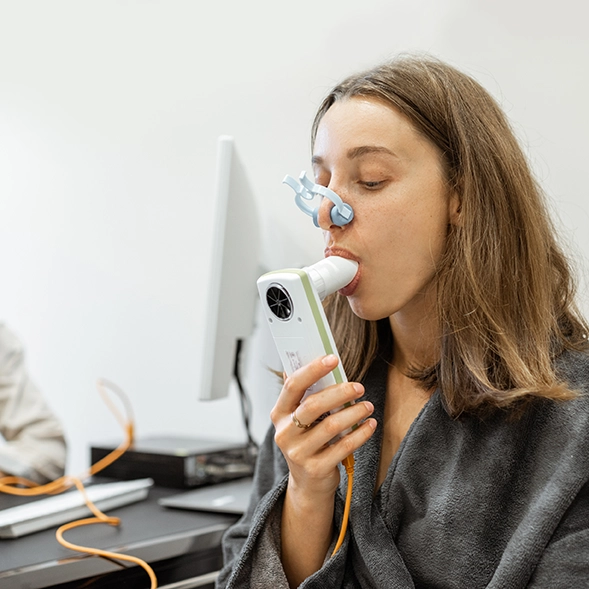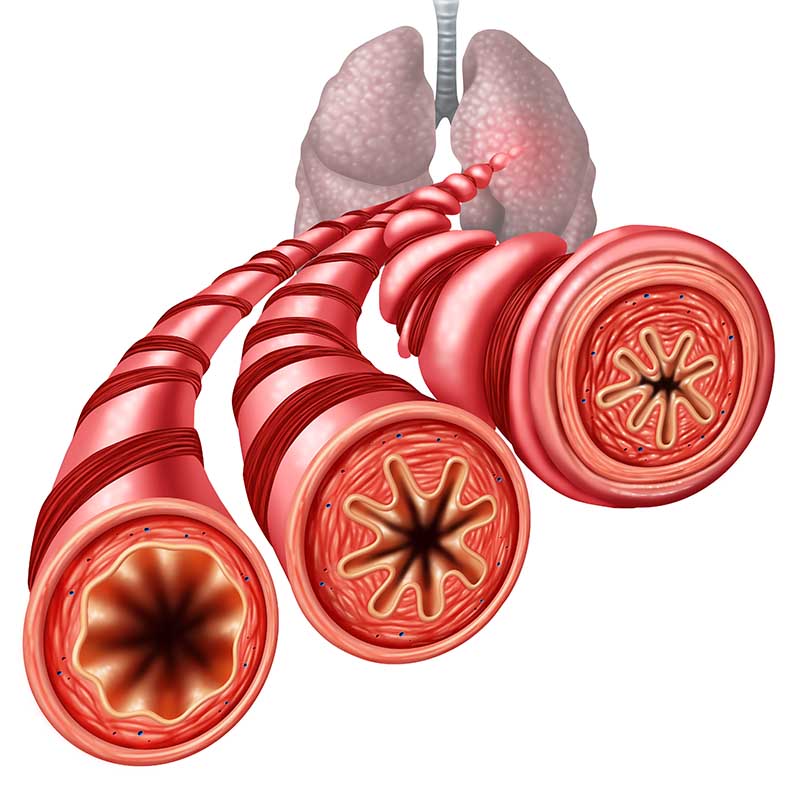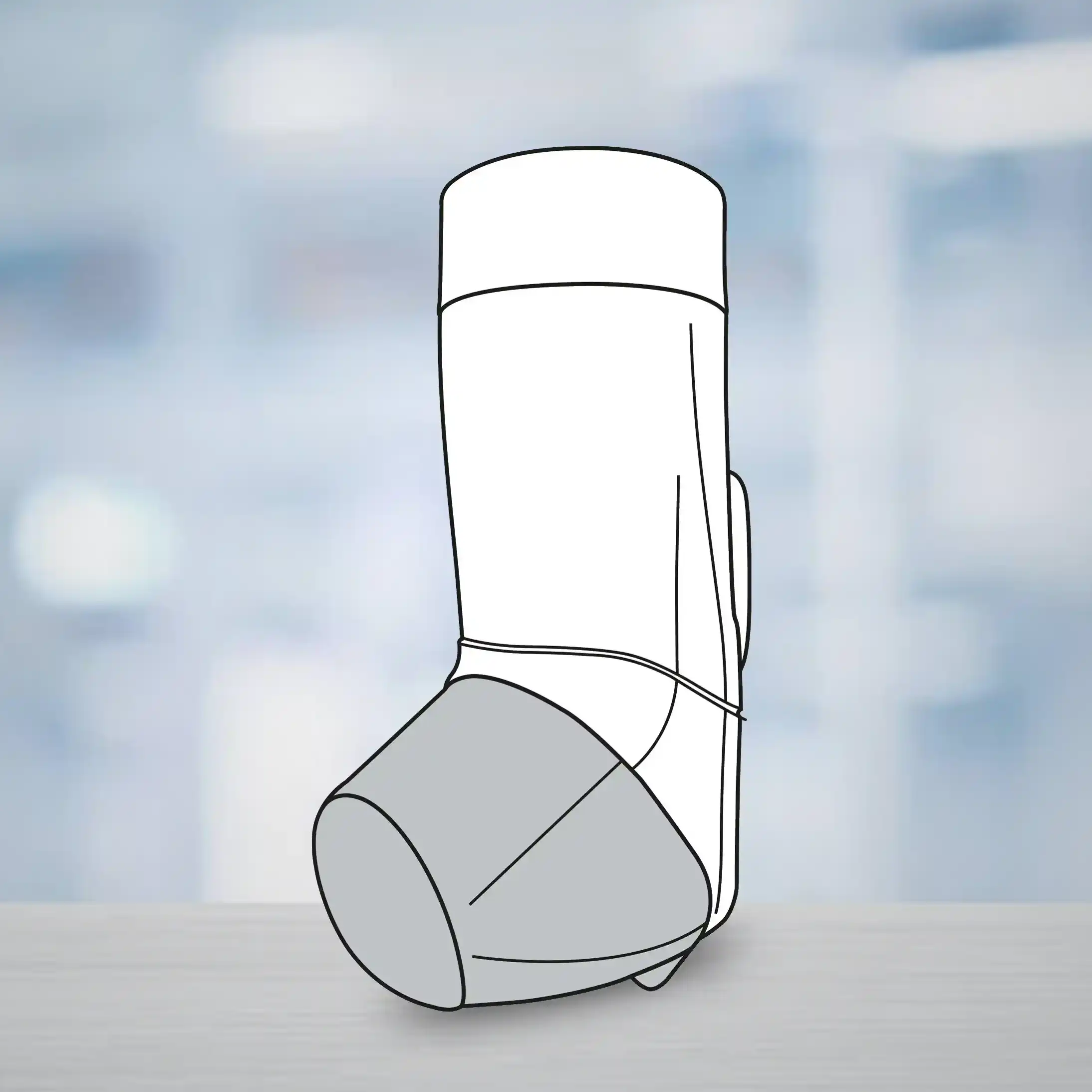Topical Moxifloxacin 0.5% vs. Gatifloxacin 0.5% as a Prophylactic Measure before Intraocular Surgery
3 Jul, 19
Background
The risk of post-operative bacterial endophthalmitis can be effectively reduced by minimizing the load of organisms in the surgical field. This can be achieved through the use of perioperative topical antibiotics. Moxifloxacin and gatifloxacin, used to manage ocular infections, have differential ocular penetration and varied clinical impact.
Aim
To compare equal concentrations (0.5%) of moxifloxacin and gatifloxacin ophthalmic solutions in terms of conjunctival bacterial reduction and anterior chamber penetration.
Patient Profile
- Patients aged >21 years scheduled for routine cataract surgery (age: 32-62 years; n=100)
Exclusion Criteria
- Patients allergic to fluoroquinolones, iodine, pupil dilating eye drops or preservative agent in the eye drops
- Patients treated with systemic antibiotics within 30 days before surgery
- Patients with acute conjunctivitis, blepharitis, or dacryocystitis
Methods
Study Design
- Prospective, randomized trial
Treatment Strategy
- Patients were randomized to receive the following ophthalmic solution 4 times a day for 3 days before surgery and 5 times with 30 min intervals on the day of surgery:
- Group A: Moxifloxacin 0.5% (n=50)
- Group B: Gatifloxacin 0.5% (n=50)
Assessments
- Two conjunctival swabs were obtained: First swab was obtained before instillation of the first antibiotic drop and the second 30 min after instillation of the last antibiotic drop.
- The specimens were cultured and susceptibility testing was conducted.
- 0.1 mL of aqueous fluid was aspired at the time of surgery to determine the aqueous concentration of fluoroquinolones using reverse-phase high-pressure liquid chromatography.
Results
- The most common flora isolated from the culture included:
- Coagulase-negative Staphylococcus (32.9%)
- Staphylococcus aureus (24.8%)
- Corynebacterium diphtheria (19.1%)
- Haemophilus influenzae (9.8%)
- Propionibacterium acnes (8.9%)
- Streptococcus species (4.5%)
- The mean moxifloxacin concentration in aqueous humor was 2.3-fold higher than that of gatifloxacin (1.75 standard deviation (SD) vs. 0.75 SD; P ≤ 0.001).
- There was no significant difference between the means of conjunctival colony-forming unit (CFU) in both the groups at baseline. But the mean CFU differed significantly after antibiotic administration in moxifloxacin vs. gatifloxacin treated patients (2.17 vs. 1.56).
Conclusions
- Moxifloxacin 0.5% had a superior penetration in the anterior chamber as compared with gatifloxacin 0.5%, indicating superior pharmacological properties and better bioavailability of the former vs. latter
- Gatifloxacin reduced conjunctival bacterial flora more significantly than moxifloxacin
- While moxifloxacin 0.5% is the preferred antibiotic for prophylaxis before intraocular surgeries, gatifloxacin 0.5% is more effective before extraocular and refractive surgeries due to its ability to reduce conjunctival bacterial load.
J Ocul Pharmacol Ther. 2019; 35 (5): 315-18.
Related Topics










